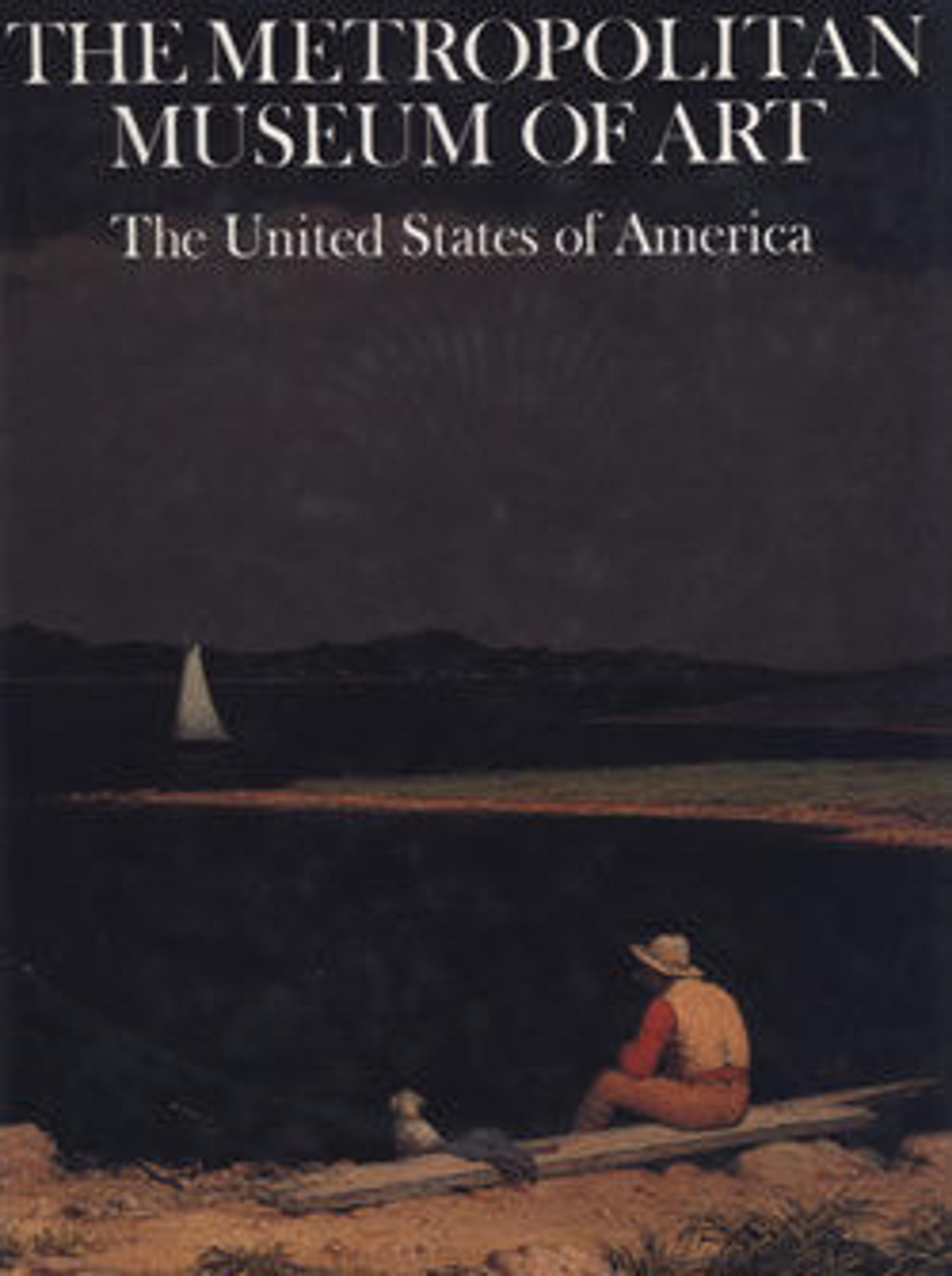Nocturne (Nocturne: The Thames at Battersea)
Born in New England, Whistler studied painting in Paris and then based himself in London. There he demonstrated that making prints could be as serious an artistic pursuit as painting. Representing the river Thames, then the lagoons of Venice, Whistler developed subtle tonal variations that alluded dreamily to a triumph of water and air over substance.
In this early lithograph, Whistler worked directly on the stone (rather than using transfer paper), applying washes of ink to achieve striking atmospheric effects. The artist printed this river subject in 1878, the year in which his libel case against the art critic John Ruskin—involving Ruskin's attack on one of Whistler's painted "Nocturnes"—was heard. Though Whistler won the case, the court costs forced him to declare bankruptcy in the following year.
In this early lithograph, Whistler worked directly on the stone (rather than using transfer paper), applying washes of ink to achieve striking atmospheric effects. The artist printed this river subject in 1878, the year in which his libel case against the art critic John Ruskin—involving Ruskin's attack on one of Whistler's painted "Nocturnes"—was heard. Though Whistler won the case, the court costs forced him to declare bankruptcy in the following year.
Artwork Details
- Title: Nocturne (Nocturne: The Thames at Battersea)
- Artist: James McNeill Whistler (American, Lowell, Massachusetts 1834–1903 London)
- Date: 1878
- Medium: Lithotint with scraping on a prepared half-tint ground, printed in soft gray-black ink on pale blue laid chine mounted on ivory wove plate paper; second state of two (Chicago)
- Dimensions: Image: 6 3/4 × 10 3/16 in. (17.1 × 25.9 cm)
Sheet: 13 1/2 × 19 5/16 in. (34.3 × 49 cm) - Classification: Prints
- Credit Line: Harris Brisbane Dick Fund, 1917
- Object Number: 17.3.159
- Curatorial Department: Drawings and Prints
More Artwork
Research Resources
The Met provides unparalleled resources for research and welcomes an international community of students and scholars. The Met's Open Access API is where creators and researchers can connect to the The Met collection. Open Access data and public domain images are available for unrestricted commercial and noncommercial use without permission or fee.
To request images under copyright and other restrictions, please use this Image Request form.
Feedback
We continue to research and examine historical and cultural context for objects in The Met collection. If you have comments or questions about this object record, please complete and submit this form. The Museum looks forward to receiving your comments.
